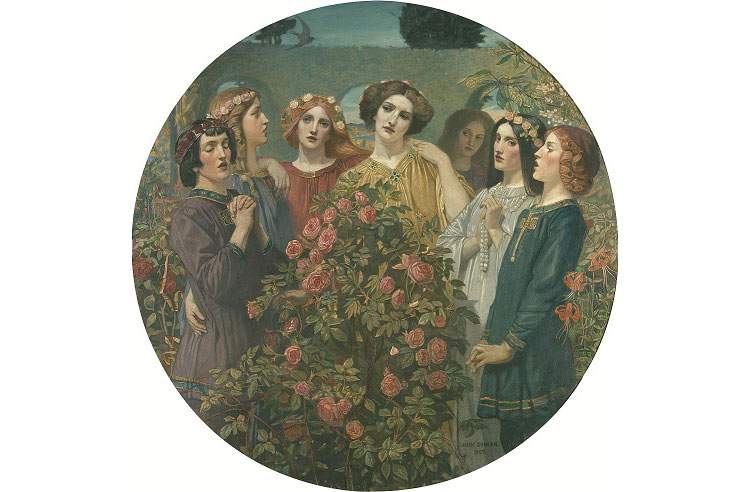From September 7, 2019 to May 24, 2020, Edinburgh’s City Art Centre is hosting The Italian Connection exhibition, which aims to examine the links between Italy and Scotland in the arts: the exhibition’s thesis is that these links have been very strong for several centuries. In particular, the influences that Scottish artists received from Italian artists are examined, and the contribution that Italians made to Scotland’s visual arts is also examined: through various works (paintings, drawings, prints, sculptures) the travels to Italy (and particularly to Rome and Florence) of Scottish artists between the eighteenth and nineteenth centuries are traced, but not only, for this “creative pilgrimage” has continued throughout the 20th century, with, on the one hand, young art students who traveled to Italy to hone their knowledge, and on the other, mature artists who traveled to this side of the Alps to draw inspiration from the Italian landscape and the culture of Italy (with some artists even settling in the Belpaese).
At the Edinburgh exhibition, curated by Helen Scott, there will be works by several artists: representing the art of the 18th century we will find, for example, Allan Ramsay, who in Italy studied in Naples with Francesco Solimena and was attracted to the manners of Pompeo Batoni; for the 19th century there are painters such as Edward Arthur Walton, Francis Cadell and John Duncan; and for the 20th century there is no shortage of Eduardo Paolozzi, an artist of Italian origin and a great forerunner of Pop Art, and two women artists such as Joan Eardley and Elizabeth Blackadder.
“This exhibition,” says Helen Scott, “has been a very exciting project to curate because of the wide variety of artistic connections that have evolved over the years between Scotland and Italy. There are obvious connections, such as those made by artists like Joan Eardley and Elizabeth Blackadder who traveled to paint the Italian landscape, but there are also more subtle connections, such as those of John Duncan who found his inspiration in Italian Renaissance painting, or those of Stanley Cursiter who explored futurism. Scottish art then benefited enormously from the contribution of artists of Italian origin such as Eduardo Paolozzi and Alberto Morrocco, whose parents had emigrated from Italy to Scotland. It is also interesting to trace the long tradition of Scottish artists who went to Italy to study, a practice that takes us back centuries and continues to have an important impact on the creativity of young artists.”
“The ties between Scotland and Italy,” says Donald Wilson, councillor for culture in Edinburgh, “span the centuries. Edinburgh has many first-, second- and third-generation Italian-Scottish residents, and over the years the two cultures have become inseparable. It is cause for joy to explore this enduring cultural influence through the works of artists who have been inspired by both countries. With a fantastic look into the City Art Centre’s collections, which are extensive and significant across the nation.”
The exhibition opens daily from 10 a.m. to 5 p.m. More information can be found on the Edinburgh Museums website.
Pictured: John Duncan, Hymn to the Rose (1907; Edinburgh, City Art Centre)
 |
| In Edinburgh, an exhibition explores artistic connections between Italy and Scotland in art history |
Warning: the translation into English of the original Italian article was created using automatic tools. We undertake to review all articles, but we do not guarantee the total absence of inaccuracies in the translation due to the program. You can find the original by clicking on the ITA button. If you find any mistake,please contact us.